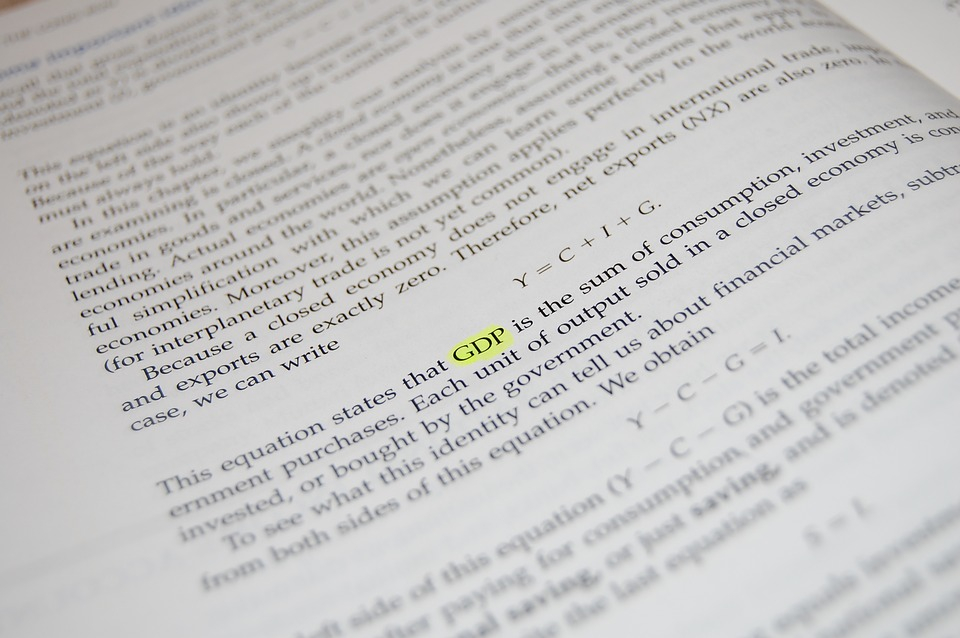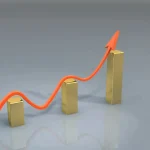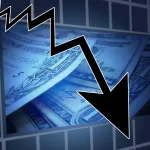
As Novac/Marina Klepo writes on the 23rd of November, 2020, after falling 15.1 percent in the second quarter, seven Hina analysts predict that the Croatian GDP will sink slightly less in the summer quarter, averaging 10.4 percent. Their estimates range from 9.5 to 11 percent, and if they materialise, despite a better-than-expected tourist season, Croatia will find it extremely difficult indeed to avoid one of the biggest declines among all EU countries.
According to the first Eurostat data for 21 countries, the average decline across the EU in the third quarter was 4.3 percent, and except for the United Kingdom with a deficit of 9.6 percent, the Spanish economy was most heavily affected with a decline of 8.7 percent, while in In Italy it stood at 4.7 percent.
Tourist spending
As one Hina analyst explained, with the easing of anti-epidemic measures during the summer months, most activities began to recover and the first high-frequency indicators confirmed growth in the third quarter compared to the March-June period, but a relatively high annual Croatian GDP decline is inevitable.
CBS datas show that retail trade turnover fell by 7.6 percent in the third quarter when compared to the same period last year, among other things due to significantly lower tourist spending. At the same time, industrial production fell by 1.3 percent, the value of merchandise exports in the first nine months of 2020 was 4.8 percent lower than it was during the very same period last year, and imports fell by an alarming 10.1 percent. Finally, government spending remains the only component of Croatian GDP that mitigated these utterly negative trends.
The CNB estimates that the ”real” Croatian GDP in the first nine months of this year was 8.3 percent lower than it was back during the same period last year. Given the rapidly deteriorating epidemiological situation, expectations for the fourth quarter have also deteriorated alongside it.
Economic analysts also expect that Croatian GDP will continue to decline very sharply indeed because of, among other things. lower amounts of disposable income, lower festive spending and a further decline in exports. According to their expectations, the decline this year will stand at around 9.2 percent, similar to the EC’s forecasts, which are at 9.6 percent, while the Croatian Government and the CNB believe that it will amount to 8 percent.
Next year, however, the government and the CNB are currently convinced that the domestic economy will grow by 5 percent, and the European Commission believes that its growth will stand at a decent 5.7 percent. The latest EBRD forecasts, on the other hand, claim that there will be slightly more modest growth in 2021, of only 3.5 percent. In addition, they point out that negative risks prevail, especially those related to the spread of the novel coronavirus, SARS-CoV-2. The EBRD has since reiterated its position that Croatia needs structural reforms in order to properly increase the competitiveness of the economy, and in addition to those already undertaken, the improvement of the quality of Croatia’s typically horrendous institutions and governance is considered to be particularly important.
The business environment
In addition, as they point out in the latest Transition Report, it is necessary to improve the business environment in Croatia and remove all of the draconian and mostly entirely unnecessary red tape and administration, but also to diversify the economy properly. The current pandemic, according to the EBRD, has shown the danger of relying too much on one or two sectors, and Croatia must now think twice about lying on its tourism laurels.
For the latest travel info, bookmark our main travel info article, which is updated daily.
Read the Croatian Travel Update in your language – now available in 24 languages
Join the Total Croatia Travel INFO Viber community.









